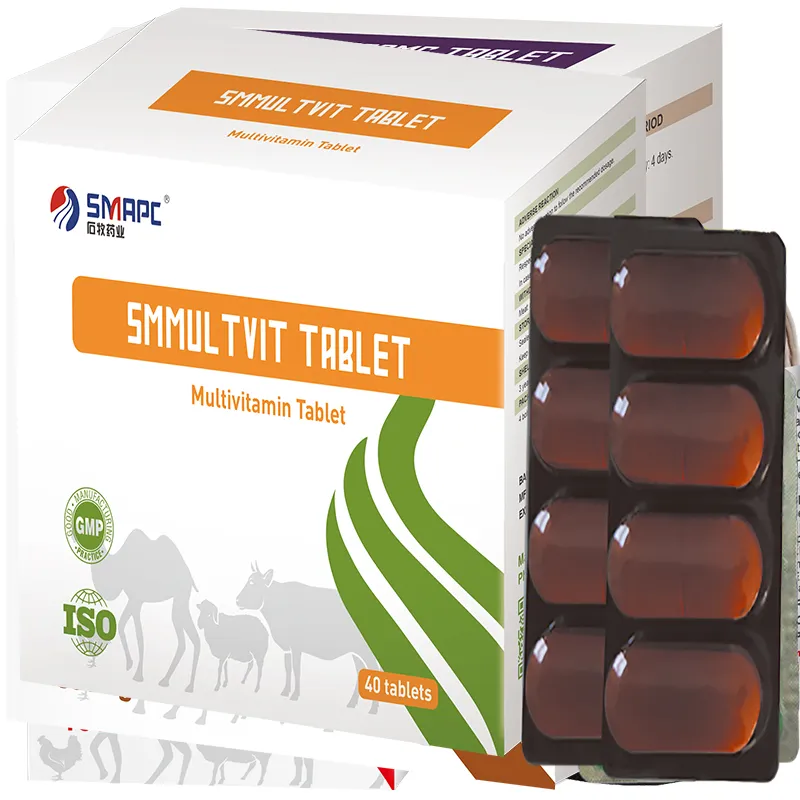Itching and scratching are common issues faced by many dogs, causing discomfort and distress not only for the pets themselves but also for their owners. While various factors can lead to skin irritation, including allergies, parasites, and environmental conditions, the nutritional aspect is often overlooked. Specifically, vitamins can play a crucial role in alleviating itchy skin in dogs and promoting overall health. This article explores the key vitamins that can help soothe itchy dogs and support their skin health.









